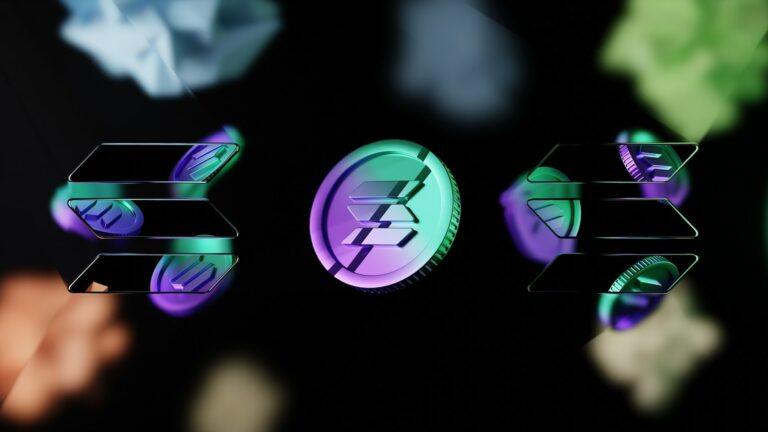Solana is a high-performance blockchain offering fast and low-cost transactions. It’s a layer-1 platform that supports smart contracts so developers can create their decentralized applications (DApps) on Solana.
One question arises from the crypto community —Does Solana have a capped supply of SOL, the blockchain’s native token?
Does Solana Have a Supply Cap?
Solana doesn’t have a max supply, rather an inflation mechanism. Solana is an inflationary token whose supply increases at a predetermined rate. By contrast, deflationary tokens, like Bitcoin, have a capped supply and are meant to be burned —eliminated out of circulation, potentially helping them increase their value.
When the Solana network was launched, it had a 500 million SOL supply allocated during the creation of the genesis block —the first block on a blockchain. The current max supply is 528,919,055 as per data from Solana Explorer and 353,848,321 circulating tokens.
Also read: Does Ethereum Have a Supply Cap?
Solana’s Inflation Schedule
Solana’s supply changes consist of an inflation schedule, which is as follows:
- Initial inflation rate: 8%
- Dis-inflation rate: 15%
- Long-term inflation rate: 1.5%
In other words, the initial inflation rate is reduced 15% yearly until it reaches what Solana calls a long-term inflation rate of 1.5%. This means the supply will increase over time —by 2030, Solana’s max supply should be over 700 million SOL tokens. However, Solana burns a portion of transaction fees, currently 50%, to keep the supply balanced.
SOL Tokenomics & Distribution
The SOL coin powers the Solana ecosystem. Its main use cases are:
- Paying for transaction fees
- Paying to run smart contracts
- Becoming a validator
- Staking and voting on governance proposals
Anyone who wants to run a validator node must first check if they meet the computational requirements and stake SOL. While there isn’t a minimum amount of SOL required to stake, participating in the consensus protocol demands a “Vote Account.”
Solana’s initial token distribution started in 2021 via an ICO (Initial Coin Offering) divided into one public auction and four private sales.
The initial token distribution was as follows:
- 38% to Community Reserve Fund
- 15.86% to Seed Round investors
- 12.5% to team members
- 12.5% to Solana Foundation
- 5.07% to Validator Sale investors
- 2.63% to Founding Sale investors
- 1.84% to Strategic Sale investors
- 1.60% to Public Auction Sale investors
Where Can I Buy SOL?
SOL is a popular coin that can be bought on most centralized exchanges out there, including Binance, Coinbase, and Kraken.. To do so, users must create an account with any of these trading platforms and go through know-your-customer (KYC) checks before buying SOL.
If you want to learn more about how to buy cryptocurrencies, check out CryptoGlobe’s step-by-step guide on how to transfer from Coinbase to PayPal —and vice versa.
Image source
Featured image via Unsplash.









